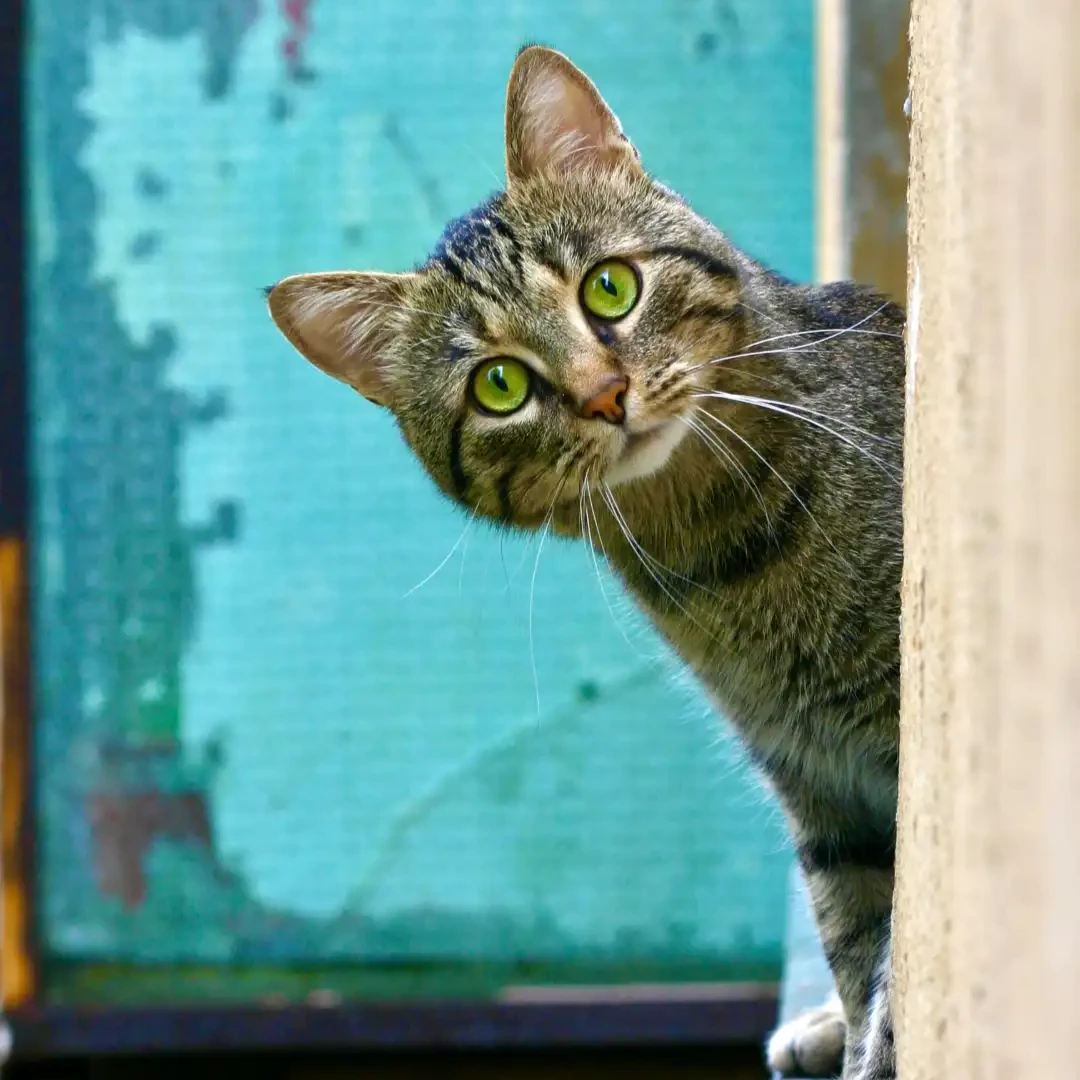Moving House With A Cat: Tips & Tricks
September 18, 2018

September 18, 2018

When you have a pet, your home is their home. So, when you move, it impacts them also. The familiar people, sights and smells change and many cats become disorientated by such a move.
Even before the move, they will be faced with huge changes to their environment. Such changes can cause distress and lead to illness if you are not careful. Irregardless of breed, whether they’re senior or a kitten etc.
As such, it is important to remember not to just treat your cat like a piece of luggage. They should be the top priority on your moving checklist.
There are a number of well known tricks to make moving home with a cat much easier on the both of you, All it takes is some foresight and you two can get settled in to your new address in no time at all!

Cats are inquisitive animals, so it’s not uncommon for them to get under your feet when you’re packing or moving. If this is likely to cause an issue, you may want to consider boarding them in a cattery. This will give you the time and space to organise yourself and get everything prepared for your cat’s arrival in their new home.
Just make sure that you book in advance, to avoid disappointment and make sure your cat’s vaccinations are up to date. Without them, they’re unlikely to be accepted as a boarder.
Failing this, ask a friend or family member if they are able to look after your pet for a few days. Just make sure they aren’t allergic!

A purpose-built travel box is a MUST when travelling or moving house with a cat. Yes, cardboard boxes are cheaper, but your cat is equipped with claws and will find a way to get out of said box. Instead, opt for an appropriately sized container, not too small as to make them uncomfortable and not too large as to have them get thrown around or injured.
Do not store the travel box in your footwell, as this would put them at risk if an incident was to occur. Instead, have someone hold the box or secure it down. This is particularly important if you are thinking of placing it in the boot.
If the journey is particularly long then you may want to plan a few stops. Park in the shade wherever possible, with the window open (provided your cat is still secured) and utilise these opportunities to give your cat food, water or a bathroom break.
Finally, if your cat is a particularly poor traveller, you may simply want to sedate them for the trip. Always consult a veterinarian to ensure your cat’s safety when doing this.

If you decide your cat is better staying by your side, a decision that many make, especially if their cats are of an anxious disposition, there are alternatives. One of which is to create a safe space in your home for your cat to feel comfortable in.
Select a room that can remain undisturbed whilst your moving company are in. Pack everything away and set your cat up with their belongings, such as their bed, toys, scratching post, water bowl and litter tray. Maybe even include an item of your clothing, your scent is likely to make them feel a lot calmer.
Ensure the window and door can remain closed and maybe hang a sign on the door to ensure and visitors know not to enter the room. This method can also be used when entering your new home.
Mirror the previous safe space and utilise it as a base camp to help introduce them into your new home. Allow them to explore gradually, opening up a few rooms at a time over at least two weeks.

Smells are important for cats, with their nose containing up to 200 million olfactory receptors that detect aromas, compared to the human nose’s 5 million. (Better Pet, 2022) The right scents help kitties feel comfortable, secure and at home in familiar surroundings. Luckily, there are a few ways to make your move easier by using your cat’s nose!
Again, there is a lot to say for using clothing or sheets that smell of you. You can put one of these in your cat carrier, along with their bed once you arrive at your new home.
Another idea is to ask your vet to recommend some artificial pheromones. These can then be sprayed around to help your cat feel more comfortable, or you could even use a plug-in version like those available with Adaptil.
Finally, once you arrive at your new home, allow your cat to scent the space. They will do by rubbing their face on surfaces. This allows them to take ownership of a space and will allow them to adjust with ease. Alternatively, you can rub a soft cloth over their face and neck and scent the space using that.

One thing that you cannot afford to forget about before moving day is to update your cat’s identification. This will help you to recover your cat if they try to make a break for it.
Start by changing your cat’s microchip implant registration. And update the identity tag on your cat’s collar to one with your new address. To keep it simple, just put your phone number on the tag.
Utilise this time to register your cat with a new vet if you are moving away from your current vet.

Don’t get complacent once you’ve moved. Sorry, it’s not over yet. Unfortunately, you will need to keep in mind that this is still unfamiliar territory for your cat. How long to keep a cat in after moving house is a question we’re hoping you’ve asked yourself.
Well, they need to remain in the new house for two weeks prior to being allowed out.
This cat hostage situation is to ensure that when your cat is allowed out, they will be able to find their home base. We don't want them to return to your previous home. Lock doors, windows and cat flaps. And have treats on hand to tempt them back in if they do escape.

If you are not moving too far away, there is a chance that your cat may return to your old home.
It’s a good idea to warn your former neighbours, as well as the new owners for your old home, in case this does occur. That way, they can call you if your feline friend makes an appearance.

As mentioned, your cat will need to be gradually introduced to the rest of the new house and outdoors. They’ll be excited to explore their new kingdom, but this must be done with care to avoid them getting lost in their new neighbourhood.
A helpful (but rather gross) trick is to sprinkle some used litter around your garden. This will make the area smell familiar to your cat whilst also letting the neighbourhood cats know that there is a new arrival.
When you begin to let them out of the house, let them out before meals, this way you can ensure that their time outside will be short before they return to be fed. You can then extend this time, slowly at first, until you can trust them not to go jumping over your neighbour’s fence.